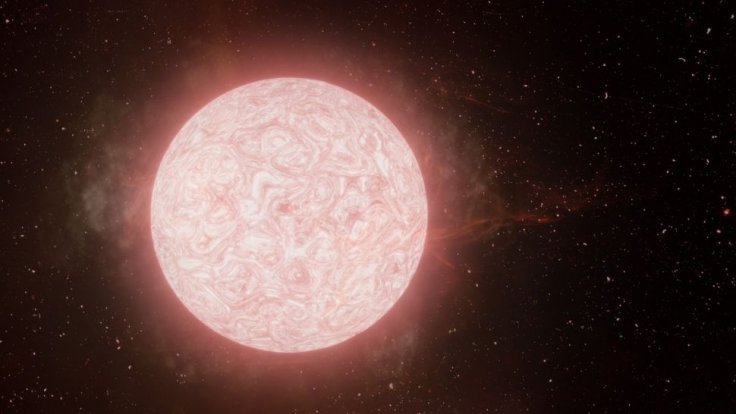To date, we all have witnessed some spectacular events in space, from identifying mystery rocks to unexpected meteor crashes to the black hole to NASA's first attempt of aircraft on Mars.
While all that is one thing, recently, for the first time in the history of space, we got to watch the demise of a massive star. It's one of the striking yet explosive space events astronomers got to vision.
Telescopes were made available to sight the fall of the red giant star, bursting into the space arena in real-time.

Thanks to the powerful telescopes, the advancement in technology made people watch the death of the star, something that no human could have ever gotten a chance a century ago.
"It's like watching a ticking time bomb," says astrophysicist Raffaella Margutti, also from UC Berkeley.
He further added, "We've never confirmed such violent activity in a dying red supergiant star where we see it produce such a luminous emission, then collapse and combust, until now."
https://t.co/rxs9iL4dvb
— flymingo (@flymingo3) January 8, 2022
For The First Time,We've Seen a Red Giant Star Transition Into a Supernova
DAVID NIELD
8 JANUARY 2022
we've observed a red supergiant star exploding into a supernova for the first time pic.twitter.com/E8b4olvWyN
As per researchers, "we've observed a red supergiant star exploding into a supernova for the first time." Though these kinds of stars aren't that glaring to the human eye, or big enough, they are plenty in number.
Supernova (SN) 2020tlf is a colossal star positioned at around 120 million light-years from Earth in the NGC 5731 galaxy. The star is 10 times bigger than the Sun.
In 2020, Northwestern University and California University astronomers noticed a different kind of sparkling discharge.
Later, for 130 days, the astronomers caught sight of this red giant star going down in flames and unprecedentedly transitioning into a supernova.
"This is a breakthrough in our understanding of what massive stars do moments before they die," says Wynn Jacobson-Galán, an astronomer from the University of California, Berkeley, and the study's lead author.
"Direct detection of pre-supernova activity in a red supergiant star has never been observed before in an ordinary Type II supernova. For the first time, we watched a red supergiant star explode!"
Initially, the radiations from the star called for an abrupt alert. The supernova explosion was kept under observation. Down the line, astronomers have tons of work at hand to monitor the afterlife of the star.
"I am most excited by all of the new unknowns that have been unlocked by this discovery," says Jacobson-Galán.
He further added, "Detecting more events like SN 2020tlf will dramatically impact how we define the final months of stellar evolution, uniting observers and theorists in the quest to solve the mystery on how massive stars spend the final moments of their lives."









